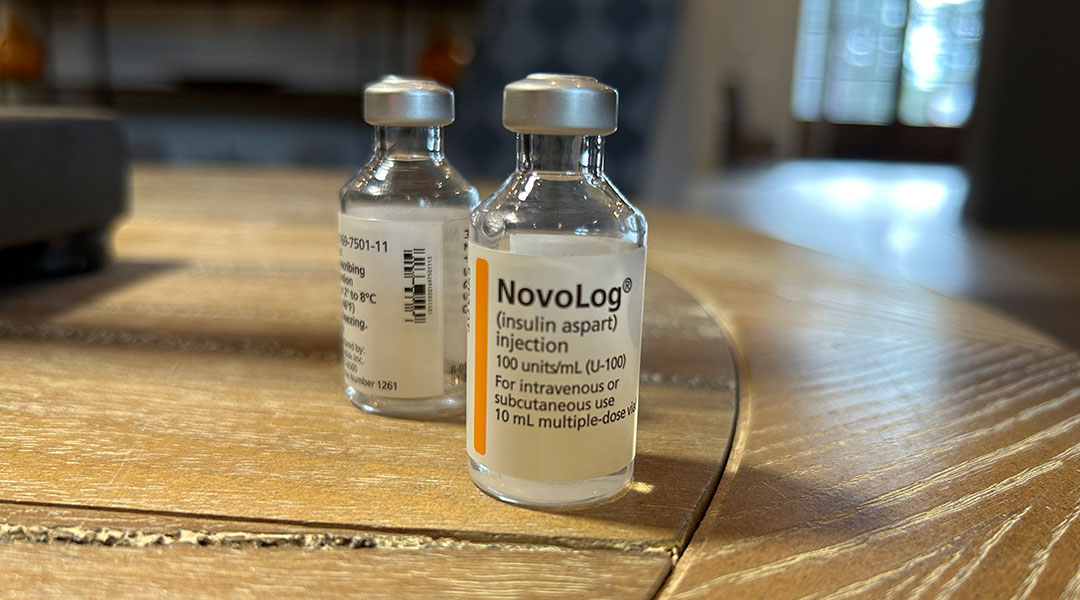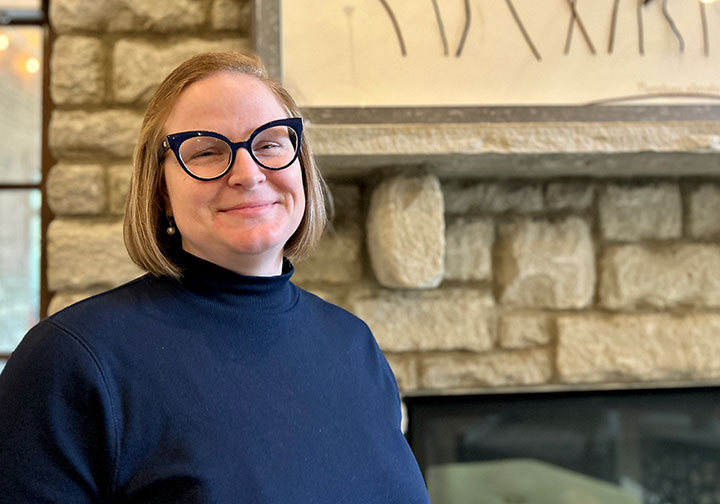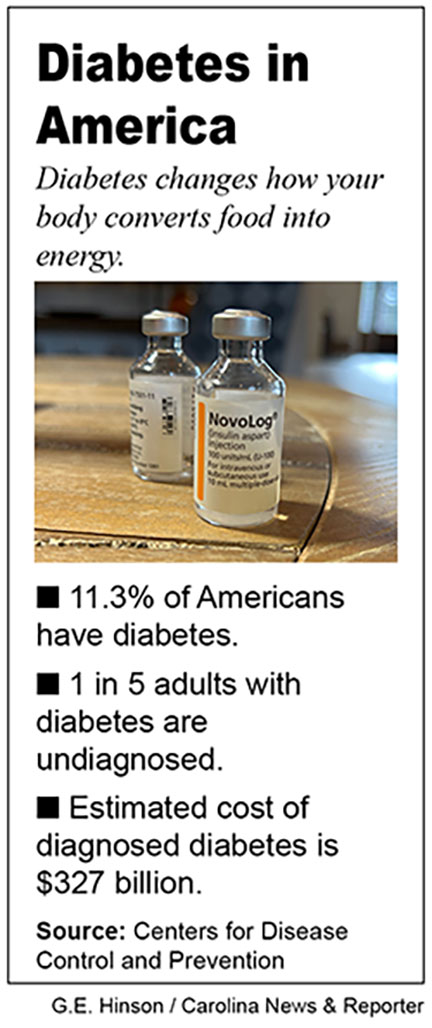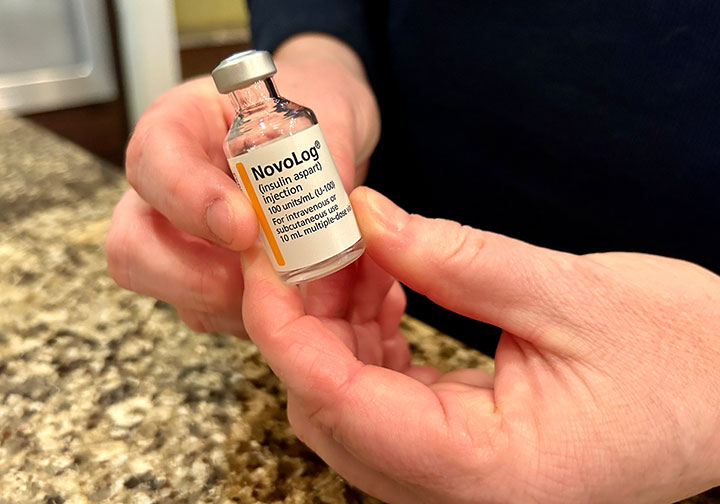Insulin helps regulate glucose levels in the bloodstream. (Photos by G.E. Hinson)
Major drugmakers announced insulin price reductions in early March.
Eli Lilly announced price cuts and an out-of-pocket costs cap on March 1. Novo Nordisk and Sanofi announced their reductions two weeks later.
The three companies are slashing insulin prices by up to 78%.
But some diabetics and healthcare advocates are skeptical.
“They’re all kind of competing for the altruism badge,” said Aren Dodge, owner of Dodge Diabetes LLC. “Peer pressure’s a great thing in some scenarios.”
The three companies make up nearly 90% of the worldwide insulin market. Only select insulins will have reduced prices.
Eli Lilly will reduce the price of several of its popular insulins in 2023. Sanofi and Novo Nordisk’s select insulin reductions won’t go into effect until 2024.
Fewer than a dozen insulins are being reduced by the pharmaceutical companies.
“The list price reductions aren’t applying to every insulin product, and so we know we have a long way to go to get to our ultimate goal of everyone being able to afford their insulin, regardless of their insurance status,” said Aaron Turner-Phifer, director of advocacy for JDRF, a nonprofit dedicated to type 1 diabetes research.
Eli Lilly’s $35 out-of-pocket price cap began the same day as their announcement at participating pharmacies. The cap only applies to those with commercial insurance.
That $35 is about one-fifteenth, historically, of what insulin has cost in recent years.
Insurance struggles can be a big part of life for diabetics, said Kimberly Richey, a type 1 diabetic who has been using insulin for 33 years.
Adult diabetics often have to weigh job offers and careers against the insurance coverage they would be provided. If the coverage isn’t good enough, they might have to pick a different job or even a different field.
Richey’s co-pay for her insulin went down by more than half last year when she switched careers. She texted a friend when she got the news that the co-pay for her insulin pump, continuous glucose monitor and insulin would be cheaper.
“I texted her and was like, I’m on the verge of crying with joy that I now don’t have to worry about this the way that I have,” Richey said.
Lower prices on the select insulins will lighten the load for diabetics who use them. But insulin is not one-size-fits-all, and it’s not the only tool diabetics might need to stay healthy.
Advances in treatment have produced compact insulin pumps, continuous glucose monitors that automatically track glucose levels, and medications that can make insulin more effective.
There are even brand new medications such as Tzield that can delay the clinical diagnosis of type 1 diabetes. New technologies that didn’t exist 10 years ago have helped diabetics find better treatments, Turner-Phifer said.
“It’s not just affordable insulin that’s important, but it’s appropriate access to all the other things, both the doctors and the devices that help you manage your diabetes,” Turner-Phifer said.
Paying for new advancements such as Tzield costs thousands of dollars because they’re not yet covered by insurance. Uninsured diabetics can rack up sky-high bills for insulin.
The list price for a five-pack of 3 mL Humalog U-100 KwikPens, Eli Lilly’s most commonly prescribed insulin, is $530.40.
Dodge, the owner of Dodge Diabetes, is herself a diabetic and has using insulin for more than 30 years.
“We always joke around about what you could do with the money that you use to stay alive,” Dodge said.





